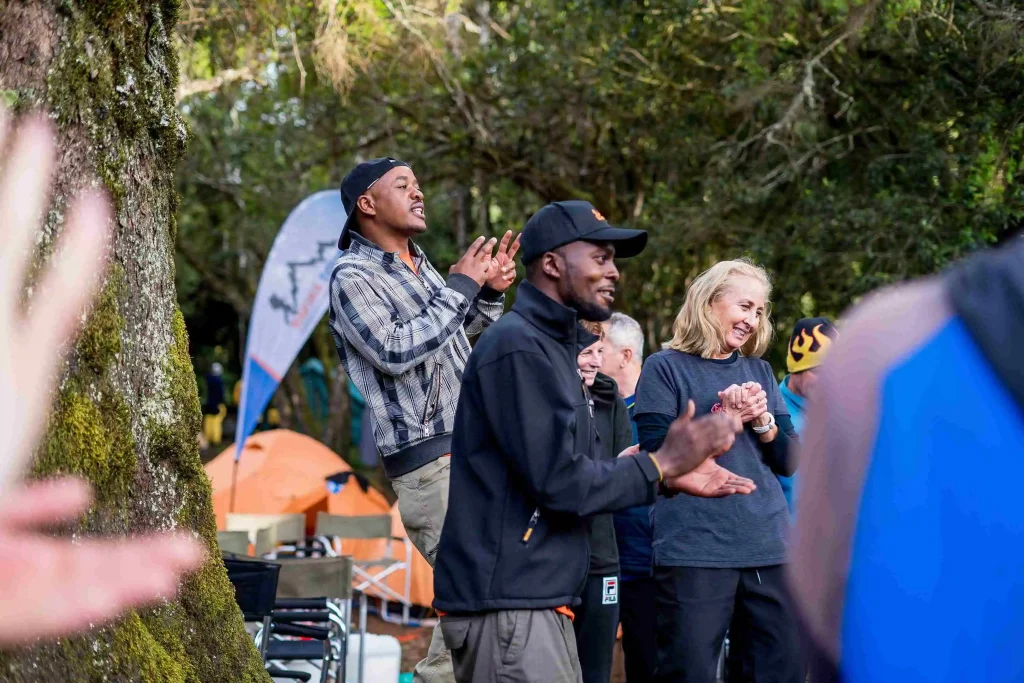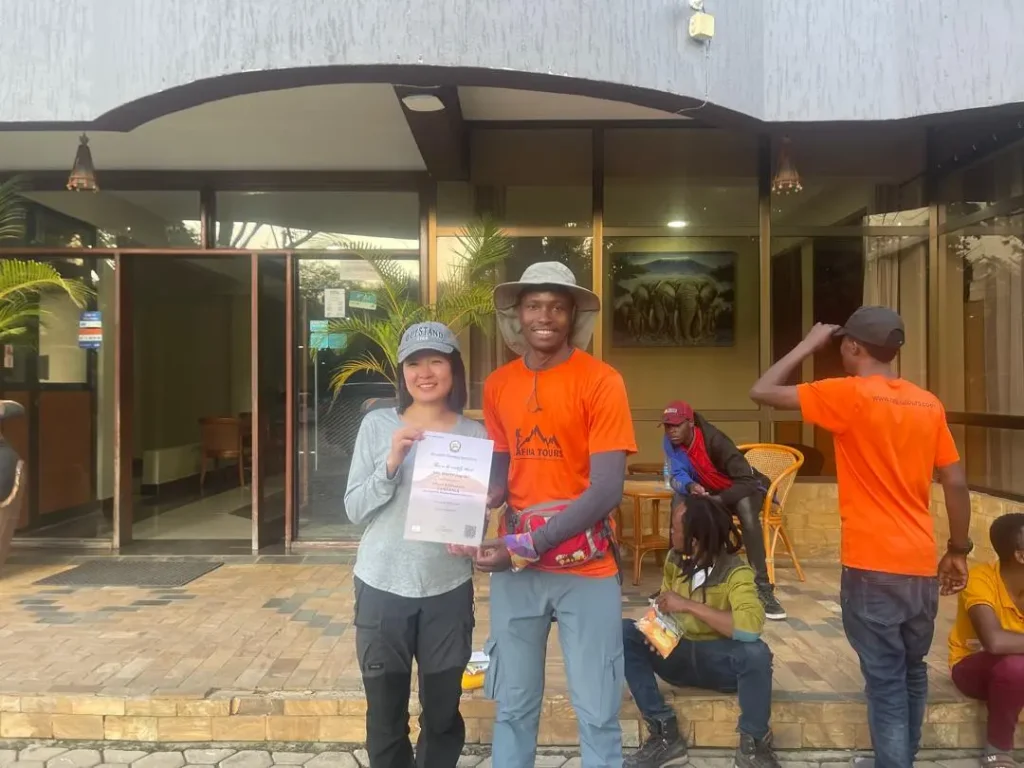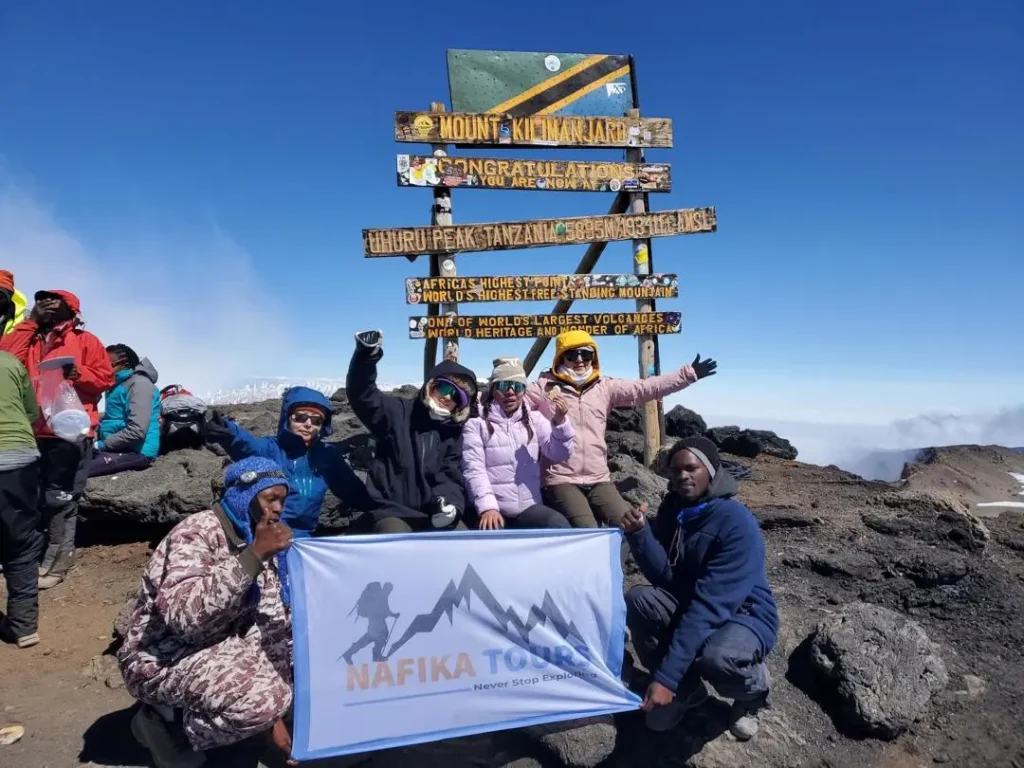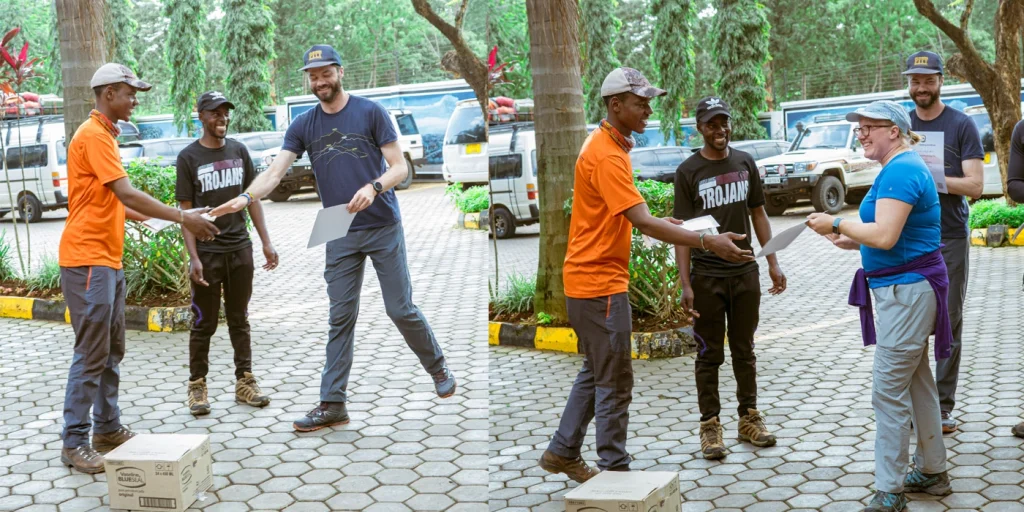At Nafika Tours, we are here to provide you with all the essential details you need to make your Mount Kilimanjaro climb an unforgettable experience. Whether you’re a first-time trekker or returning for another adventure, we offer expert advice to ensure you’re well-prepared for this incredible journey.

Mount Kilimanjaro is located in Tanzania, East Africa. It stands tall in the northeastern part of the country, just a short distance from the town of Moshi and Arusha. Known for its iconic snow-capped peak, Kilimanjaro is the highest mountain in Africa, with a height of 5,895 meters (19,341 feet) above sea level. It’s an awe-inspiring sight, rising majestically from the surrounding plains.

Kilimanjaro has three main peaks:
While Uhuru Peak is the ultimate goal for climbers, Mawenzi and Kibo offer their own unique challenges and breathtaking views.
There are seven main routes to reach the summit of Kilimanjaro. Each route offers a unique experience, with varying levels of difficulty and different views of the mountain’s landscapes. Some routes are shorter and faster, while others take a more gradual approach to help climbers acclimatize. The most popular routes include the Machame Route, Marangu Route, Lemosho Route, and Rongai Route. As your experts, we will advise you on the best route based on your preferences and fitness level.
Training for Kilimanjaro is crucial to ensuring a successful and safe climb. While no technical climbing skills are required, the trek can be physically demanding due to the altitude and terrain. We recommend a training plan that focuses on building stamina, strength, and endurance. Activities such as hiking, walking with a backpack, and climbing stairs will help prepare your body for the climb. Additionally, focusing on cardio exercises like running, cycling, or swimming will improve your overall fitness. As your guide, we will help you assess your fitness level and provide tips on how to train effectively.

The best time to climb Kilimanjaro is during the dry season, which runs from June to October and again from December to February. During these months, the weather is more predictable, with less rainfall and better visibility. However, Kilimanjaro can be climbed year-round, and each season offers its own charm. For example, the rainy season (from March to May) tends to have fewer climbers, but the trails may be more challenging.
Kilimanjaro’s weather can vary greatly depending on the altitude. At the base, you’ll experience warm temperatures, while the summit can be freezing cold, especially at night. As you climb higher, temperatures drop significantly, and it’s not uncommon for snow and ice to be present near the summit. Generally, at the base, temperatures are around 20-30°C (68-86°F), but at the summit, it can drop to -10°C (14°F) or lower. It’s important to be prepared for these temperature changes by packing the right gear.
The best way to give tips is to collect the money from the group at the end of the trek and distribute it during a tipping ceremony. Placing the tips in individual envelopes for each crew member is a thoughtful way to show your gratitude.

We use international standard equipment, and our guides are trained in first aid and equipped with personal protection gear.
Once a tour is booked, it is guaranteed to operate, even if there is only one client for the entire trip.
Our guides are trained to attend to each client's needs and adjust the program to ensure a personalized experience.